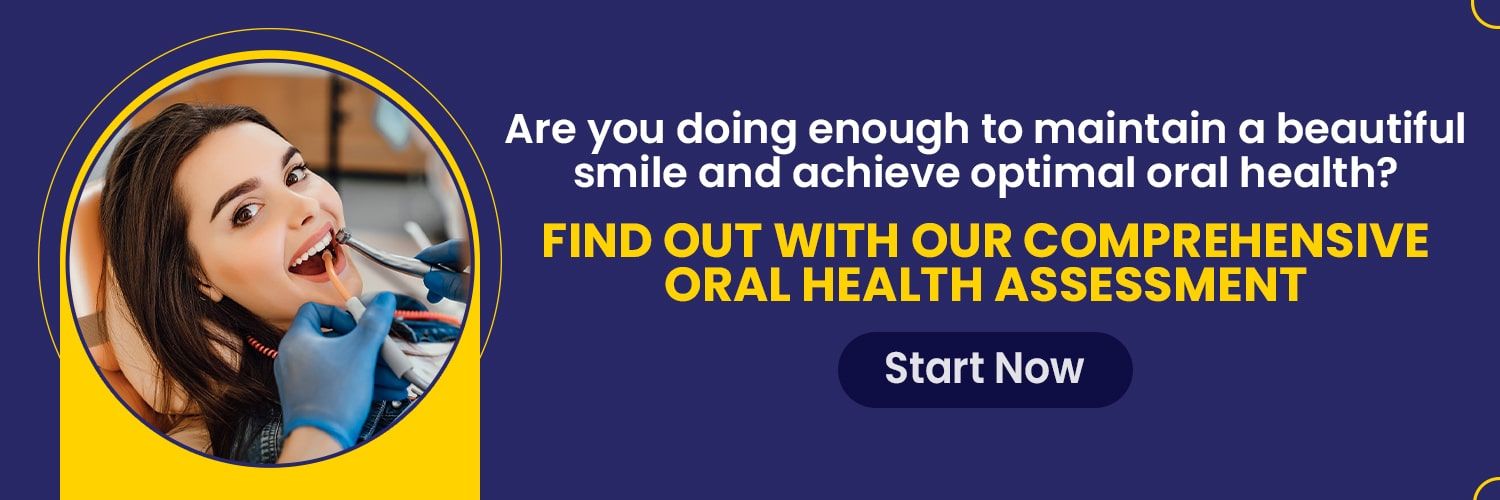Dental Caries In Children
- 2 months ago
Picture this: your child feels pain while eating their favorite snack or avoids cold drinks because their teeth hurt. Cavities, also called dental caries, can sneak into your child’s life and make eating, speaking, and smiling difficult. Cavities are one of the most common health problems in kids. They can affect your child’s health, cause them to miss school, and lead to expensive treatments.
The good news? Cavities are preventable. Many times, they start without any obvious signs but can be stopped with early care. This blog will help you understand what causes cavities, how to spot them, ways to prevent them, and what to do if they happen.
What Are Dental Caries?
Dental caries develop when bacteria in the mouth produce acids that erode tooth enamel, causing cavities. The process begins when food particles, especially those rich in sugar and starch, interact with oral bacteria to form plaque. Over time, the acids from plaque damage the teeth, causing decay. If untreated, this can progress to deeper layers of the tooth, leading to pain, infection, and even tooth loss.

Causes of Dental Caries in Children
Several factors contribute to the development of dental caries in children:
- High Sugar Consumption: Frequent intake of sugary snacks, candies, and drinks fuels bacterial activity, increasing acid production. These acids attack the enamel and create a breeding ground for cavities.
- Poor Oral Hygiene: Inadequate brushing and flossing cause plaque to build up on teeth. Plaque is sticky and full of bacteria that can damage teeth if not removed daily.
- Frequent Snacking: Constant snacking provides a steady supply of food for bacteria, leading to prolonged acid exposure. This is particularly harmful if the snacks are sugary or starchy.
- Bottle Feeding: Prolonged bottle feeding, especially with sugary liquids like milk or juice, can cause a condition known as "baby bottle tooth decay." Allowing a child to fall asleep with a bottle increases the risk significantly.
- Dry Mouth: Reduced saliva flow, which can occur due to certain medical conditions or medications, limits the mouth’s natural ability to neutralize acids and wash away food particles.
Symptoms of Dental Caries
Parents should be vigilant for signs of dental caries in their children. Early detection can prevent more serious problems. Look out for:
- White or brown spots on teeth, which may indicate the start of decay.
- Sensitivity of the teeth to hot, cold, or sweet meals and beverages.
- Visible holes or pits in teeth.
- Pain or discomfort in the affected tooth, particularly while eating.
- Swelling, redness, or tenderness in the gums near the decayed tooth.
You may also like:
Prevention Strategies
Preventing dental caries in children is easier than treating them. Here are some practical and effective strategies:
- Brush and Floss Daily: Teach children to brush their teeth twice a day for at least two minutes with fluoride toothpaste. Flossing should begin as soon as two teeth touch to remove food particles between teeth.
- Limit Sugary Foods and Drinks: Reduce the intake of sweets, candies, and sugary beverages, especially between meals. Encourage water as the primary drink.
- Promote Healthy Snacks: Offer alternatives like fruits, vegetables, nuts, and cheese. These foods not only reduce the risk of cavities but also provide essential nutrients.
- Use Fluoride Products: Fluoride strengthens tooth enamel and helps prevent decay. Consult your dentist about fluoride treatments or supplements if your local water supply lacks fluoride.
- Regular Dental Check-ups: Schedule dental visits every six months. Routine check-ups can detect early signs of decay and allow for preventive treatments like cleaning and fluoride application.
- Dental Sealants: Dental sealants are a protective coating applied to the chewing surfaces of molars. They act as a barrier against food and bacteria, significantly reducing the risk of cavities.
Also Read: Naturally White Teeth - A Dream??
Treatment Options
Even with the best preventive measures, cavities can still occur. Early intervention is crucial to prevent complications and protect your child’s teeth. Here are common treatment options:
- Fluoride Treatments: For early-stage caries, fluoride treatments can help repair enamel and reverse decay. These are typically applied as a gel, foam, or varnish during a dental visit.
- Fillings: If a cavity has formed, the decayed portion of the tooth is removed and replaced with a filling material like composite resin, amalgam, or porcelain.
- Crowns: For larger cavities or weakened teeth, a crown may be placed over the tooth to restore its shape, strength, and function.
- Root Canal: If the decay reaches the tooth’s pulp, a root canal may be required to remove the infected tissue and save the tooth.
- Tooth Extraction: In severe cases where the tooth is beyond repair, extraction may be the only option. Space maintainers may be used to ensure proper alignment of the remaining teeth.

Creating a Healthy Dental Routine
Establishing good oral health habits early can set the stage for a lifetime of healthy teeth. Here are a few tips for parents:
- Lead by Example: Show your child that you prioritize dental health by brushing and flossing with them.
- Make It Fun: Use colorful toothbrushes, flavored toothpaste, or a timer to make brushing more enjoyable.
- Reward Consistency: Create a sticker chart or offer small rewards for consistent oral care routines.
- Educate: Teach your child about the importance of healthy teeth and the impact of cavities.
Final Thoughts
Dental caries in children can significantly affect their health and confidence, but with the right preventive measures, they are largely avoidable. By teaching good oral hygiene, promoting healthy dietary habits, and scheduling regular dental visits, parents can help their children maintain strong and healthy teeth. Remember, a cavity-free childhood starts with a proactive approach to dental care. Let’s protect those precious smiles together!








